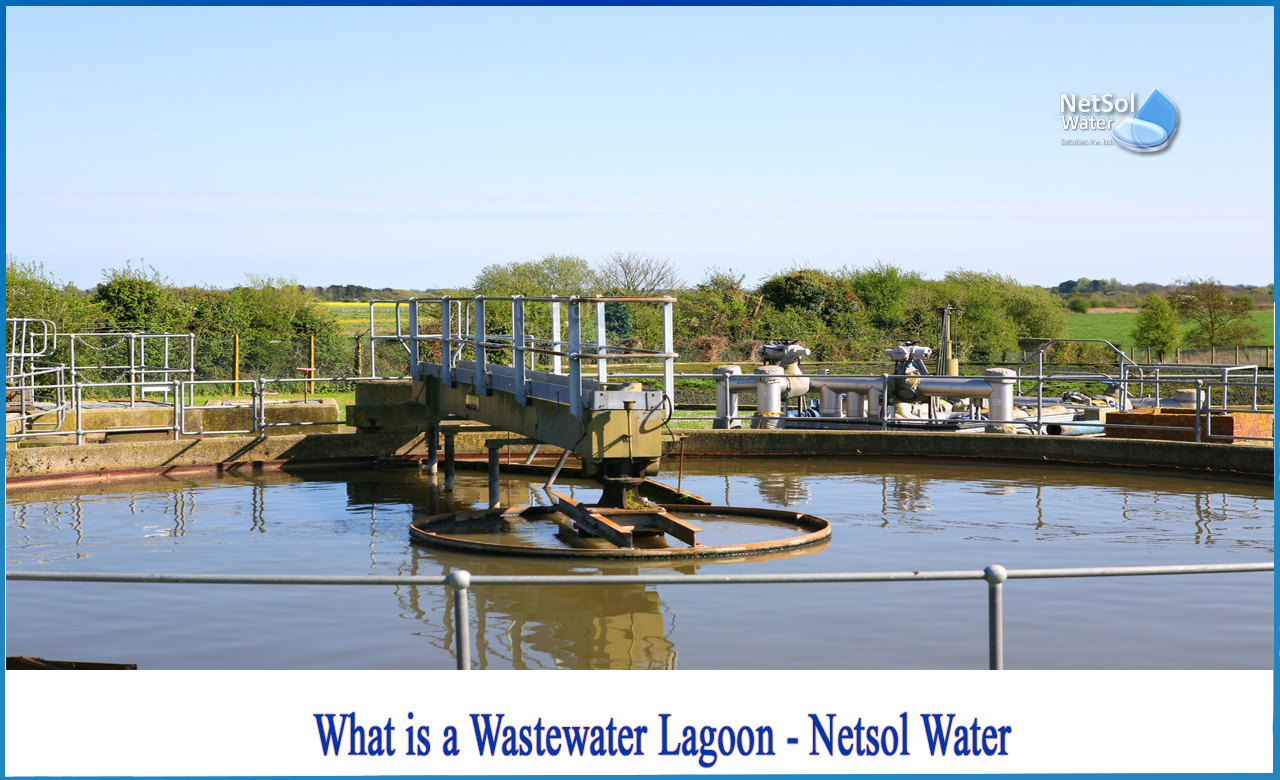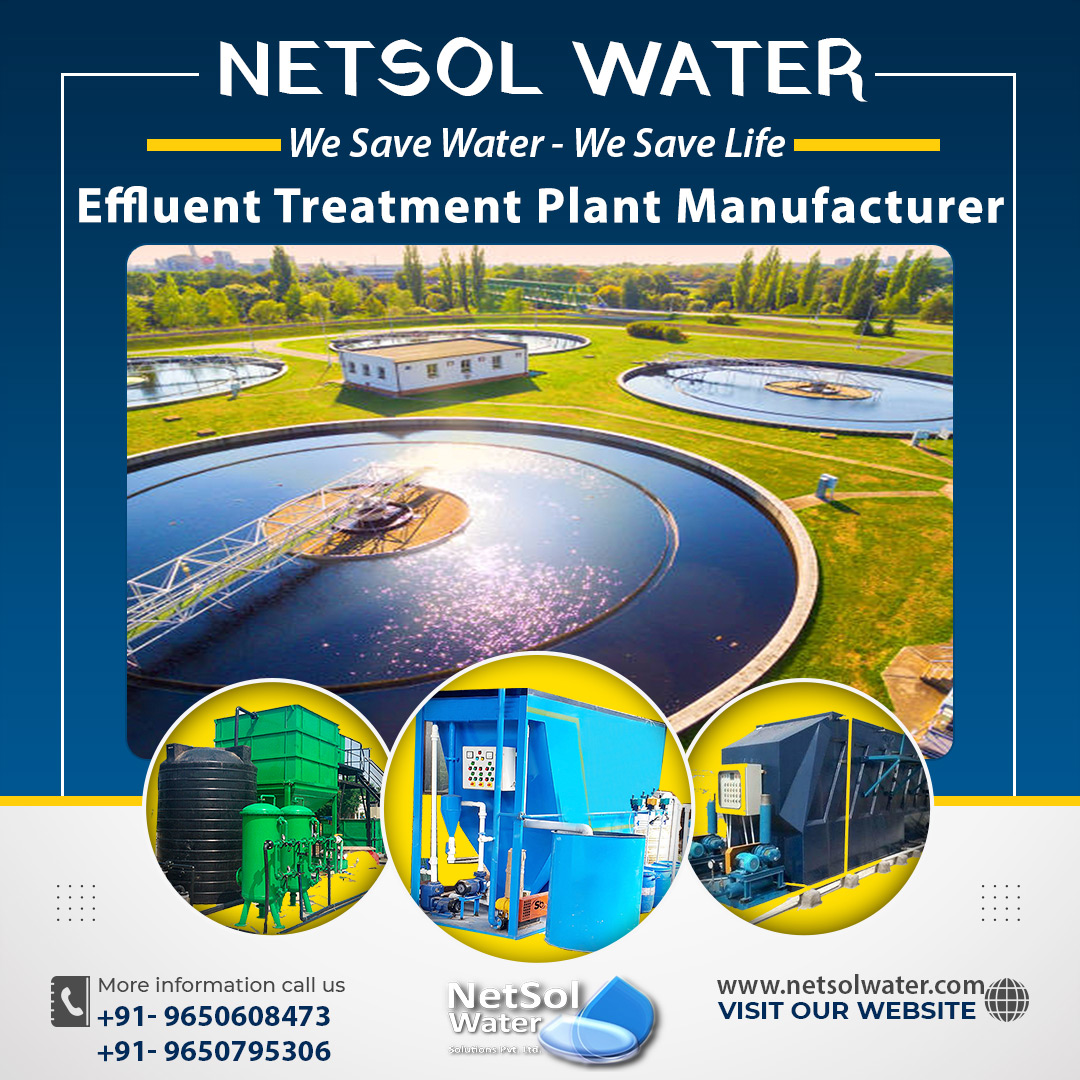What is a Wastewater lagoon?
The sewage lagoon is a big pond into which the effluent or sewage from a sewage system flows. Sewer lagoons are sometimes known as effluent ponds. In the lagoon, bacteria degrade sewage and wastewater. The sun and wind are critical to the lagoon's operation. They provide light, warmth, and oxygen to the water. This is necessary for bacteria to flourish in the water. The sunshine, warmth, and oxygen also aid in the growth of algae in the water. Algae is responsible for the lagoon's greenish colour. Algae helps bacteria break down sewage and wastewater. The wind helps with water evaporation and the introduction of oxygen into the water. It also produces waves, which help to limit insect reproduction and survival in the water. Mosquitoes, for example, must breed in calm water.
Sewage lagoon requirements:
A lagoon must satisfy the following conditions in order to adequately break down sewage or effluent and to provide a healthy environment:
• It must not be deeper than one metre.
• The banks must be inclined at 15 to 20 degrees and composed of concrete, gravel, or rock. This prevents the wave motion from eroding (or weakening) the banks.
• There must be no grass, trees, or other vegetation on the banks or in the surrounding region that might obstruct the lagoon's required sun and wind activity.
• The water must be devoid of plants or items that obstruct the surface wave activity of the lagoon or produce still patches.
• To keep children and animals out, it must be encircled by a high fence with a locked gate.
Lagoon maintenance:
Lagoons that aren't performing correctly, aren't well-maintained, or are damaged might be hazardous to one's health. Heavy overflow, mosquito breeding, or a terrible odour are all signs of a lagoon that isn't performing correctly. Broken fences and gates, trees, plants, or grass on the banks, grass growing and other things in the water generating still spots are all signs of a badly kept or damaged lagoon.
Sewage lagoon overflow:
If the sewage disposal system just has one lagoon, the overflow will be located precisely opposite where the pipe conveying the sewage or effluent enters the lagoon. If the system has more than one lagoon, the overflow will be in the final lagoon.
The overflow discharges water that has not been cleared by evaporation from the lagoon system. New lagoon systems must be constructed such that disposal is accomplished only by evaporation. Unless after really heavy rains, they should not count on overflow. However, if an existing lagoon system employs an overflow technique, the overflow should not produce a flooded or marshy region conducive to mosquito breeding, nor should it harm drinking water or the environment.
Sewage lagoon problems:
For proper maintenance, the lagoon should be checked on a regular basis and any concerns should be notified to the body in charge of maintenance. Any of the following must be reported:
• Lagoon banks that have deteriorated or broken;
• Lagoon banks that are not inclined at a 45-degree angle;
• Trees and/or other vegetation growing in or around the lagoon, on its banks, or in the surrounding area;
• Foul odours emitted by the lagoon;
• Water that isn't pale, flecked green;
• Motionless spots on the lagoon's surface;
• Evidence of mosquito breeding in the water;
• Broken fences or gates that cannot be securely closed to keep animals and children out;
• Garbage in the water;
• A marshy environment near the lagoon (perhaps caused by overflow) that might create mosquito breeding grounds; and
• Grass on the margins of lagoons, especially along the water's edge, which can provide perfect mosquito breeding grounds.
For more information, contact Netsol Water.




